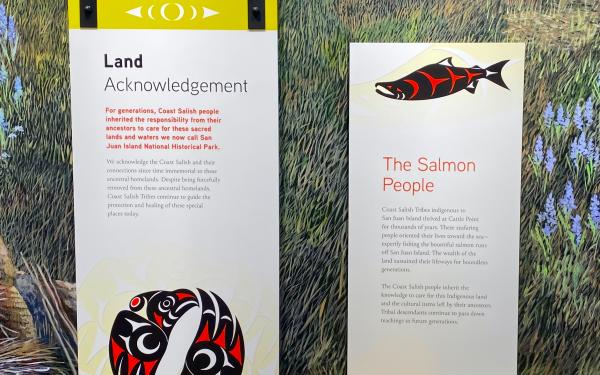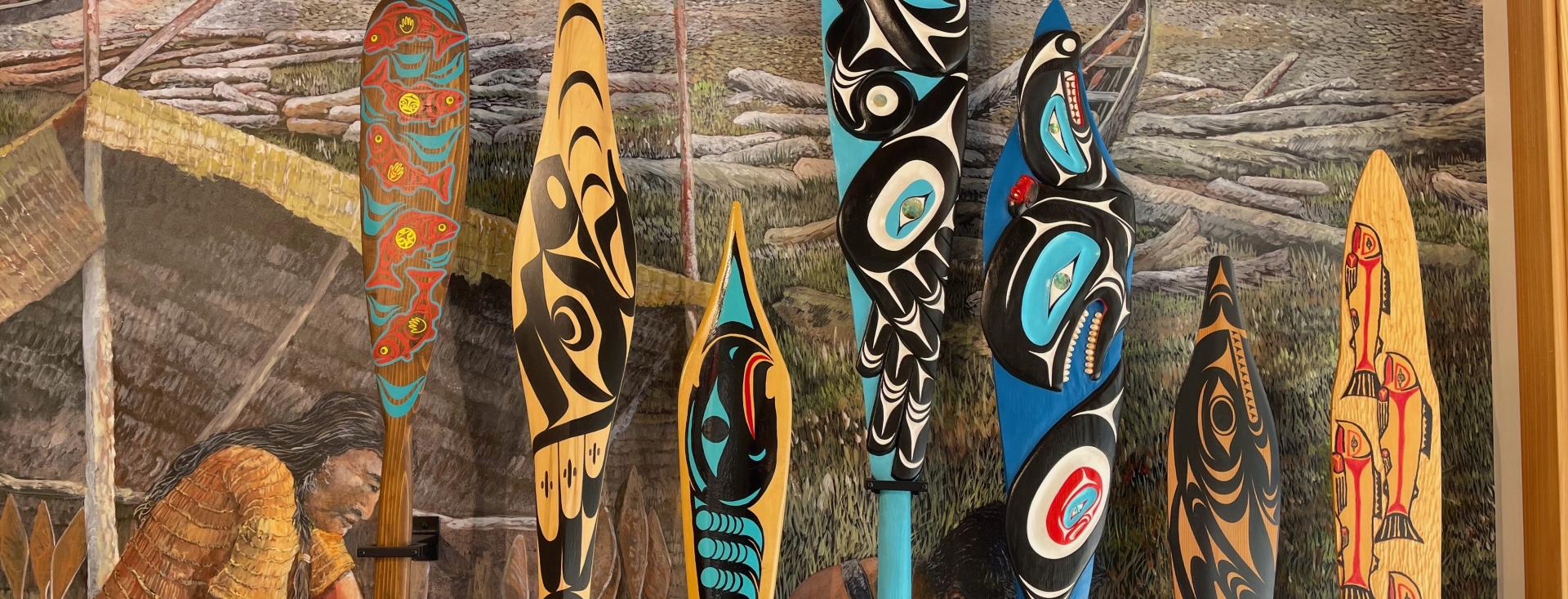
Who’s History are we celebrating on San Juan Island?
May is history month on San Juan Island. Up until very recently that meant dutifully reporting on the history of 19th century white settler live, the 1859 Pig War and the following 12-year occupation between the English and American military. This is important history, but it's not everyone's history.
The first public acknowledgement that San Juan Island hadn’t been exactly uninhabited upon its “discovery” in 1790, was the 2004 installation of the cedar-house-post sculpture “Interaction” on Friday Harbor’s waterfront. Carved by renowned Musqueam First Nation artist Susan Point, these Portals of Welcome tell the story of the interrelationship between humans and animals.
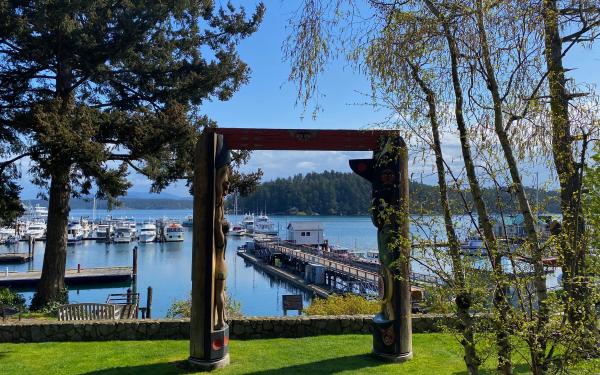
San Juan Island used to be a Coast Salish and First Nations melting pot and vibrant center for trade, reachable by canoe from the Olympic Peninsula, as easily as from Vancouver Island and the Washington and Canadian mainland. For both, Lummi and Samish peoples, San Juan Island is a place of origin, who maintained summer fishing villages here and had the saying: ”When the tide is out the table is set.”
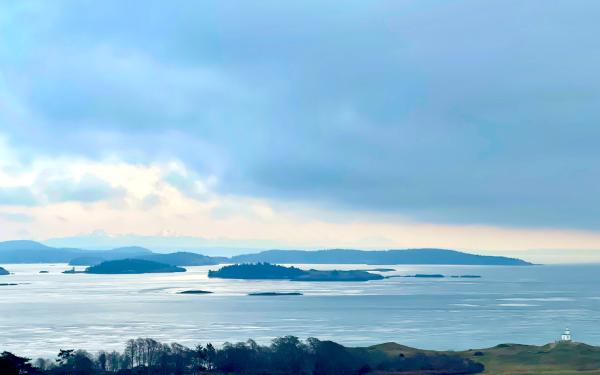
In the 1850's the displacement began. White settlers turned the vast prairies in the southern part of the island into pastures – hence Cattle Point, commercialized salmon and brought small pox. At the Point Elliot Treaty in 1855 the Suquamish Port Madison, Tulalip, Swinomish and Lummi reservations were established. It is important to note and remember that this treaty was entered into by sovereign nations as opposed to by force. The treaty promises, among other things like education and medical care, "the right of taking fish, at all usual and accustomed grounds and stations…together with the privilege of hunting, gathering roots and berries, and pasturing their horses on open and unclaimed lands."
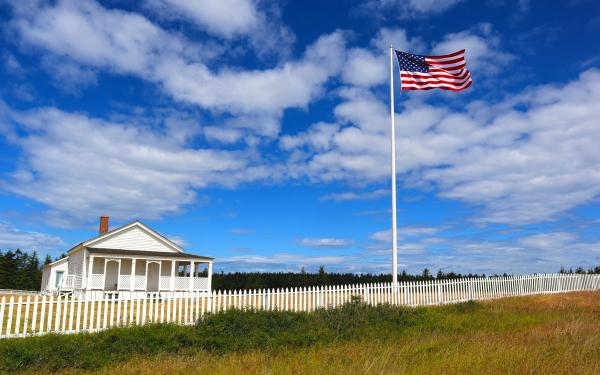
The Coast Salish peoples had one year to vacate their places and move to the reservations. Those who refused had to relinquish their Lummi rights. Many who stayed on the isle married people of European descent. According to the census bureau 1% of the people in San Juan County identify as Native today.
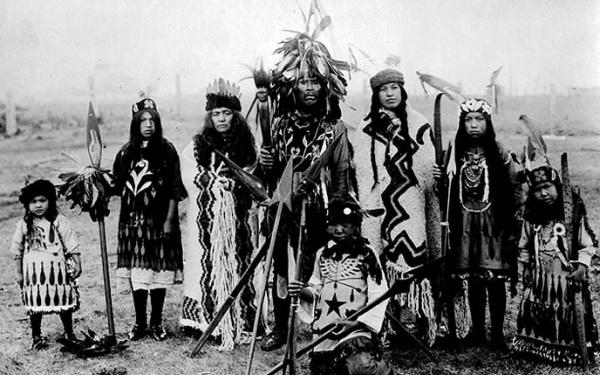
Since the erection of the Portals of Welcome it has taken another 12 years for a second public acknowledgement of native history. In 1860 the British had established their camp at the site of a Coast Salish community known as Pe’pi’ow’elh and demolished a longhouse to make way for a parade ground. In 2016, in honor of the 100th anniversary of the National Park program, the permanent display of a Coast Salish Totem was dedicated at that site. Don’t miss this beautifully carved reef net totem and two salmon story boards.
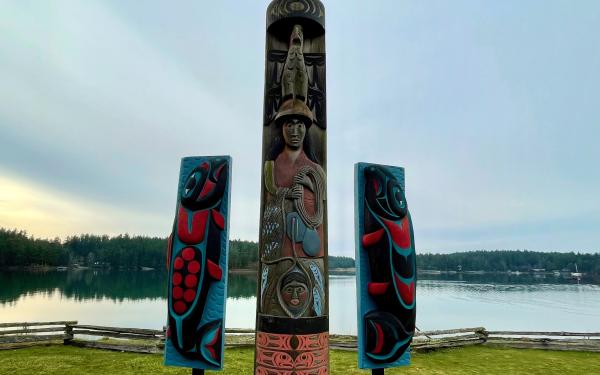
On American Camp National Historical Park’s 50th anniversary in 2022, a new and gorgeous visitor center opened its doors, finally fully recognizing the rich Coast Salish history here on the island since time immemorial. Elaborate murals, timelines and interactive displays tell the story of pre-contact to present, reframing and deepening not only the understanding of history and treaty rights, but also of native life today.
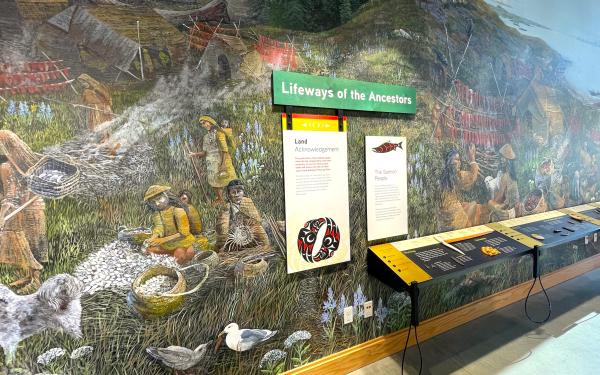
Living History & Present
Tribal canoe journeys are annual events, reestablished in 1989, in which Pacific Northwest Tribes travel the ancestral highways of their cultures. The interisland canoe journey in Summer follows the ancestral highways of the Lhaq’temish (Lummi) people and stops on Lopez, San Juan and Orcas Islands. All are welcome to respectfully witness the celebration of song, dance and stories of hope and share food.
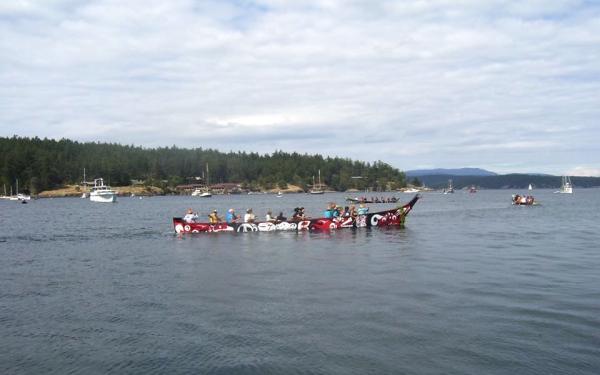
Orca Sing
Every year around the Summer solstice a very special event is held at Lime Kiln State Park, the Orca Sing. Natives, islanders and visitors alike, gather around the light house in the evening and sing for the safe return and recovery of our critically endangered Resident Orca population. First Nations naturalists and speakers Odin Lonning and Orca Annie (Kéet Shuká) offer Tlingit drumming and songs, while Seattle’s City Cantabile Choir invites to singalongs.
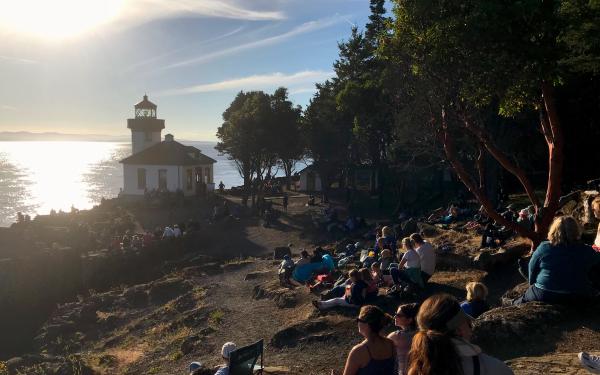
Have a picnic at these stunning spots. Remember that you walk on ancestral land and that Coast Salish culture and peoples are not only history, but are still here, and always have been.
Check out this cool story map of Coast Salish Place Names of the San Juan Islands compiled by the Samish Indian Nation.
